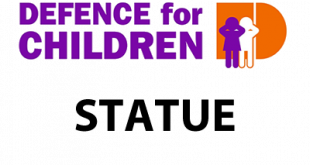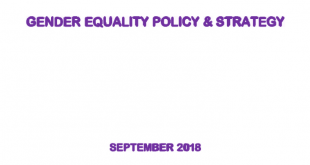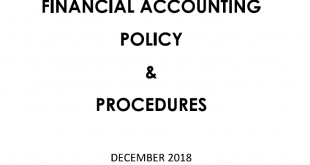The child protection handbook is designed to explain exactly what child protection is, the available international and national legal tools, as well as the measures that members of DCI ought to take to proactively defend the rights of children in Ghana. There is a chapter explaining how staff should respond to a case with suggested questions and guidelines that are meant to elicit trust and foster a positive relationship with the complainant. The following chapter describes who is responsible for ensuring the protection of children’s rights. In this handbook, there is a description of the sexual exploitation of children, which includes suggestions for what health education programmes ought to include and a guideline on reporting and prevention of this type of violence. There is a short chapter on recognizing and preventing trafficking and the sale of children. Chapter seven regards harmful traditional practices that have to be phased out in Ghana in order for children’s rights to be more readily protected. The following chapter outlines the consequences and remedies of violence and neglect with an emphasis on home visiting programmes as the best method of prevention of violence and neglect at home. Chapter nine addresses alternative care options in cases where families cannot support children or are the aggressors themselves. Chapter ten describes juvenile justice and discusses delinquency prevention with an emphasis on the requirement of a coalesced effort between all members of society to achieve this goal. Diversion from the formal legal system and rehabilitation are also discussed in this chapter. Chapter eleven describes the causes of child labour as well as prevention and other support networks. The last two chapters in the handbook discuss the rights of children and offer some follow-up guidelines after a referral is made to the Department of Social Welfare and the Domestic Violence and Victim Support Unit.
 DCI-GHANA Defence for Children Internation
DCI-GHANA Defence for Children Internation


